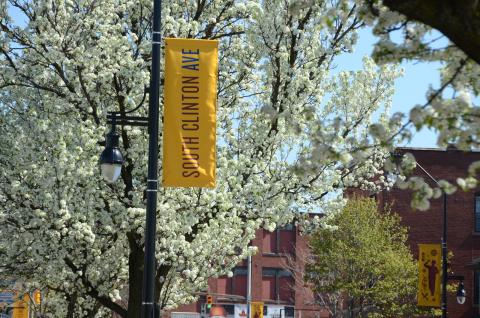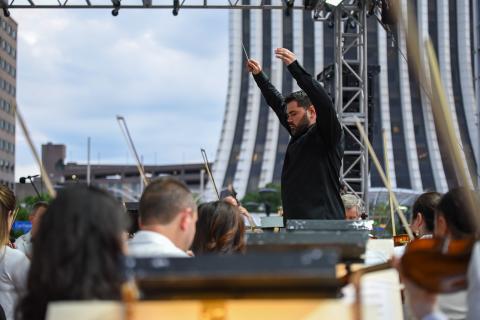Rochester City Hall
30 Church Street
Rochester, NY 14614
United States
Hours
Sunday: Closed
Monday: 9 a.m. - 5 p.m.
Tuesday: 9 a.m. - 5 p.m.
Wednesday: 9 a.m. - 5 p.m.
Thursday: 9 a.m. - 5 p.m.
Friday: 9 a.m. - 5 p.m.
Saturday: Closed
Monday: 9 a.m. - 5 p.m.
Tuesday: 9 a.m. - 5 p.m.
Wednesday: 9 a.m. - 5 p.m.
Thursday: 9 a.m. - 5 p.m.
Friday: 9 a.m. - 5 p.m.
Saturday: Closed
Image
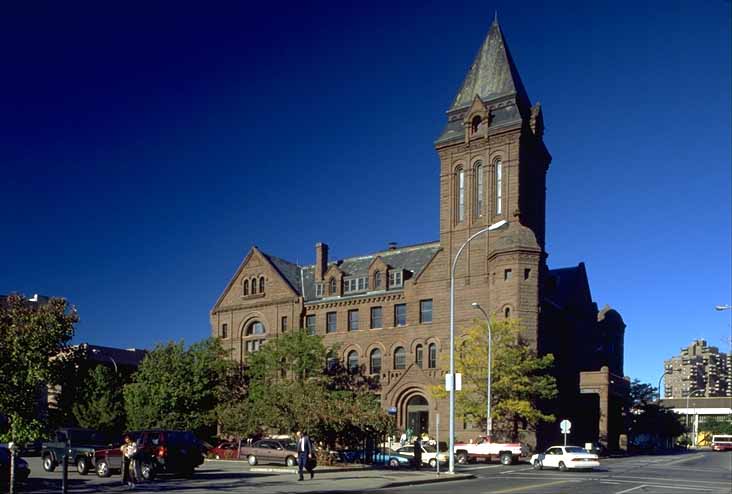
| The "new" City Hall was built in the late 1880's and opened to the public as the Federal Building, housing over the years offices for customs, taxation, courts, prohibition control, draft board, the F.B.I. and until the 1930's, the Rochester Main Post Office. | Image

|
| Some scholars say its architect was noted Rochesterian Harvey Ellis, while others claim its designer was a government architect who designed many other federal buildings at that time. It was listed on the National Register of Historic Places in 1972 and as a local landmark in 1973, and is recognized as a superb example of Richardson Romanesque architecture with its massive walls, turrets and towers dominating the brown sandstone exterior. | Image

|
| The Portland sandstone walls are 18 inches thick. It is the same type of stone used to construct New York City's famous brownstones. In 1973, federal operations relocated to a new facility and the building remained vacant until the City purchased it from the U.S. government for $1 in 1975. Major renovations, including a 45,000 sq. ft. addition, were completed in 1978 when the historic structure became the new home of Rochester's city government. | Image

|
| As you pass through the City Hall's main entrance in Church Street, you will find two large columns embellished at the top with cast iron detailing. These were hidden inside a wall, apparently during a former remodeling, and were rediscovered during the City's renovation. | Image
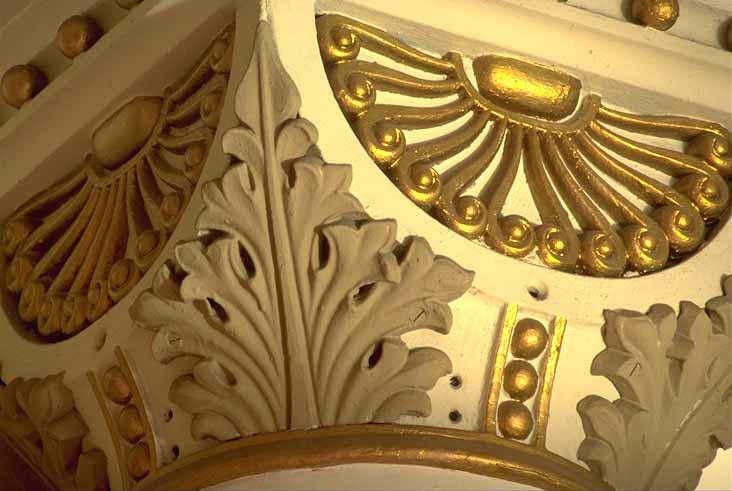
|
| On the wall of the main lobby hangs a portrait of Rochester's first mayor, Jonathan Child, son in law of Nathaniel Rochester, founder of the City. The artist was Colby Kimble, who painted portraits of many early Rochester citizens. The Child home still stands on South Washington at Broad Street | Image

|
| Proceed to the atrium by the open stairway directly opposite the front doors. As you ascend, look over the railing to see a blue tile mosaic floor outlined with strips of mirror-finish stainless steel designed to evoke images of Rochester's most picturesque natural asset, the Genesee River. This staircase was added when the City renovated the building. | Image
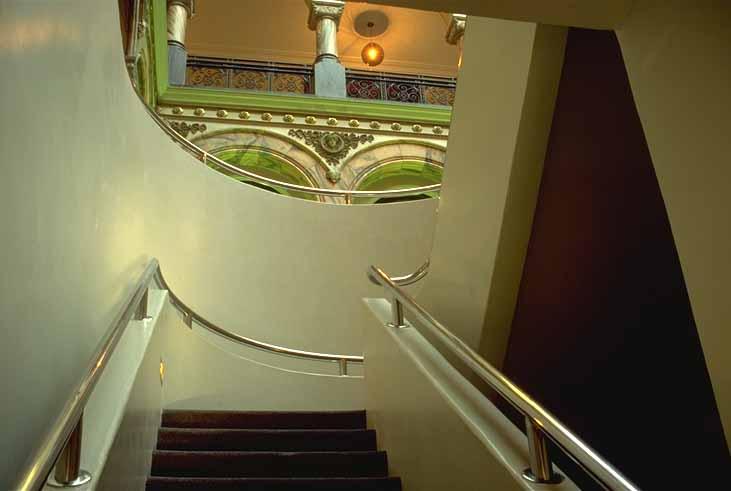
|
| The ground level is characterized by exposed brick walls and large brick & stone support columns. | Image

|
| The ceiling of the cafeteria is a series of brick arches, repeating the building's basic arch motif. | Image

|
| The boiler plates set into the cafeteria wall are now decorative, but they once covered the original boiler which provided steam heat for the building and furnished power for the pumps that operated three hydraulic elevators - one passenger, one freight, and an ash lift from the furnace. | Image
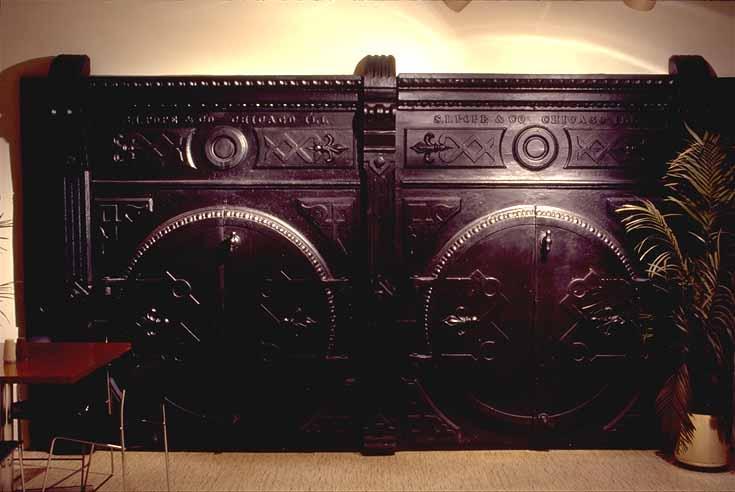
|
| A courtyard links the old City Hall (Bldg. A) with the new addition (Bldg. B). In the courtyard, exhibited as a sculptural element, is the newel post from the original cast iron Federal Building staircase. | Image
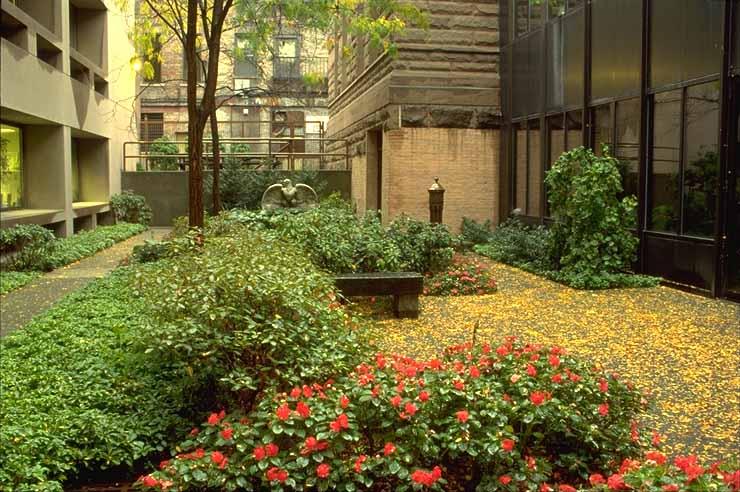
|
| You will also see a large stone eagle from a Claude Bragdon designed police precinct station. | Image
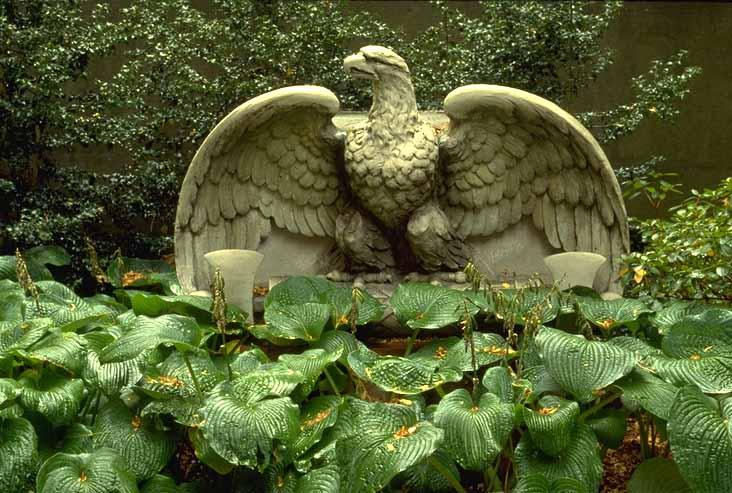
|
| On the first floor is the Link Gallery, where local artists display their work. This display changes every 6 weeks. The gallery is open to the public from 9 a.m. to 5 p.m., Mon. to Fri. and is maintained by an all volunteer City Hall Citizens Committee. | Image
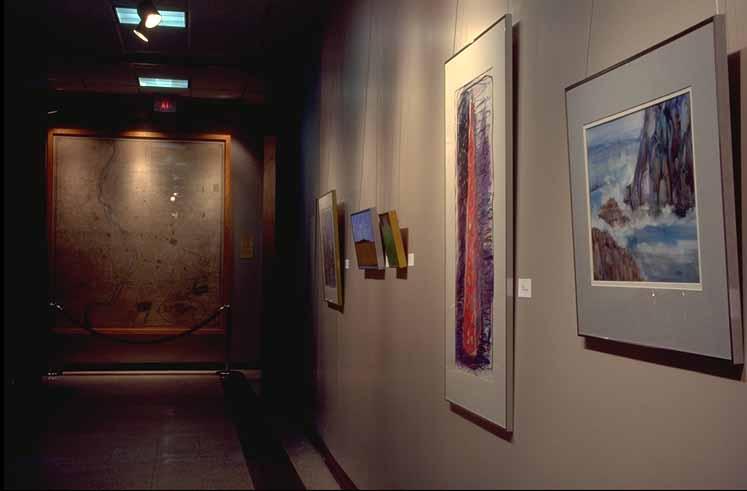
|
| At the end of the Link corridor, on display is a hand drawn map of the City. This map was the official map of the City from 1876 until 1908, when portions of Brighton and Greece were annexed, making the City too big to display on one map. The City Hall Citizens Committee, using money privately solicited, restored the map and had it reinstalled in City Hall for display for the City's 150th Birthday party in 1984. | Image
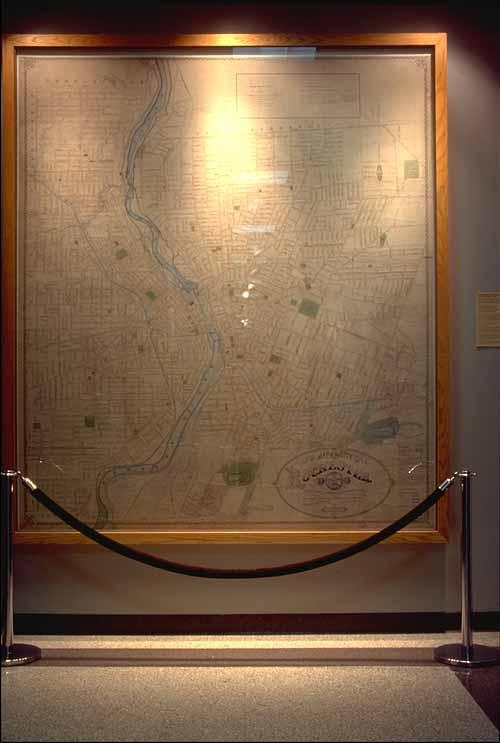
|
| The stairway opens to the breathtaking spaciousness of the three-story high Atrium. Arches, the fundamental design element throughout the old section of City Hall, are repeated symmetrically in rows on all sides at each floor level and are supported by Tennessee marble columns decorated with hand carved capitals (tops). | Image

|
| Poised between the arches on this level, cast iron "Liberty" goddesses wearing eagle talon necklaces are intended to symbolize America. | Image

|
| Lions cast in plaster embellish the walls among the arches on the next level. Above the lions, Neptune heads, also cast in plaster, oversee the entire Atrium. | Image

|
| At the very top, decorative trusses are outlined by light streaming through the skylight. | Image
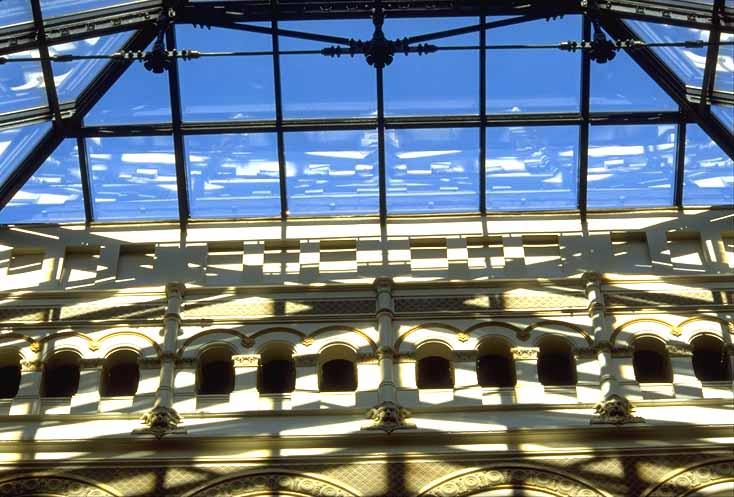
|
| The Atrium fountain, a new addition, was carefully designed to repeat the arch theme which dominates the building. | Image
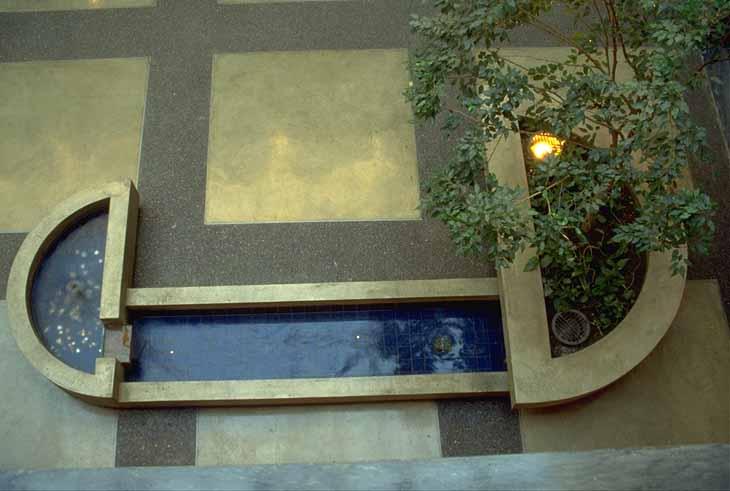
|
| The second floor houses the offices of the the Deputy Mayor, Chief of Staff, Budget Bureau and Bureau of Communications. Only the conference room, (208A) is open to tours. The conference room is opposite the stairway and contains one of the huge wall safes used to protect records and revenues collected by the U.S. tax office during its occupancy of the building. The door of the wall safe is embellished with the original decorative artwork typical of its almost century-old design and was lovingly restored as part of the renovation. | Image
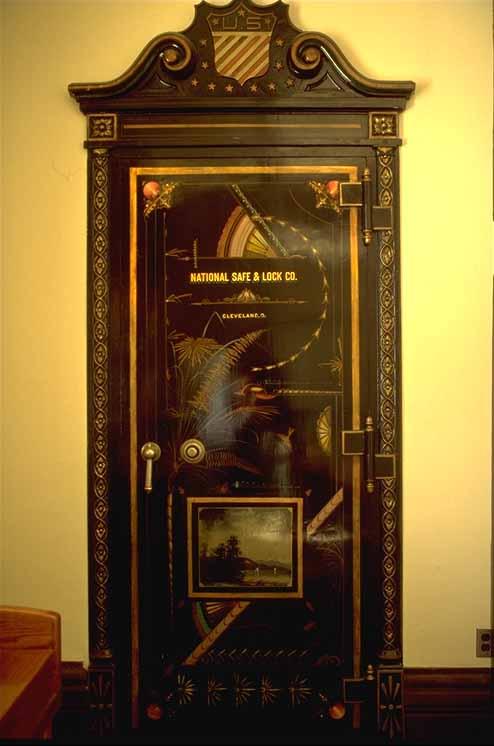
|
| The Mayor's office, City Council offices and the City Clerk's office are located on this floor. Walk around the Atrium, past the portraits of Rochester's early mayors. | Image
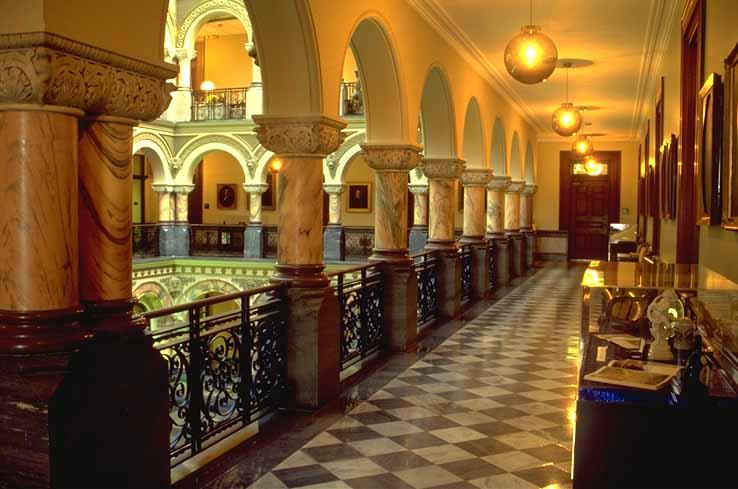
|
| The smaller portraits are believed to have been painted by Grove Gilbert, who was born in Oneida County in 1805 and moved to Rochester. The larger portrait is of Mayor John Allen and was painted in 1875 by Ferdinand Boyle, who also painted portraits of Charles Dickens and Edgar Allen Poe. | Image
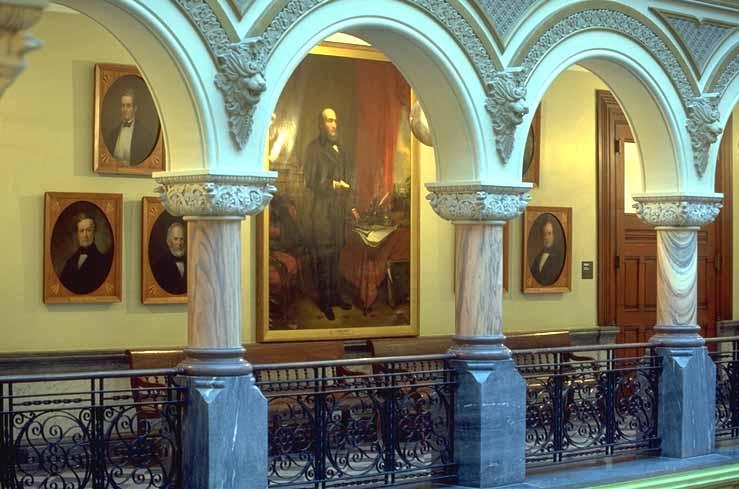
|
| If you look closely at this portrait you will see a glimpse of old Rochester, including the tower of the Church of St. Luke & St. Simon Cyrene which still stands on S. Fitzhugh St. | Image
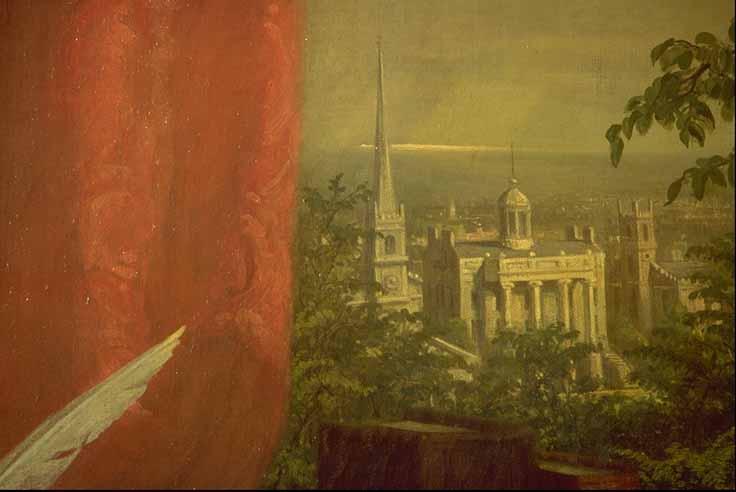
|
| Also notice the display cases containing gifts and memorabilia from our 8 Sister Cities. Each case represents one city. | Image
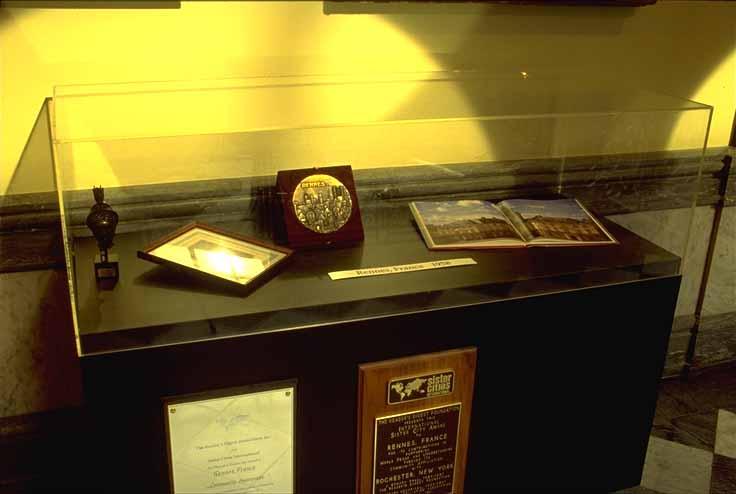
|
| Council Chambers, where City Council holds public sessions, was formerly the Federal Court Room, It is paneled in cherry wood. | Image

|
| The wooden adornments, such as those above the Council President's desk, are hand sculpted. | Image

|
| The room is illuminated by an electrically lit artificial skylight from the law library on the 4th floor. | Image
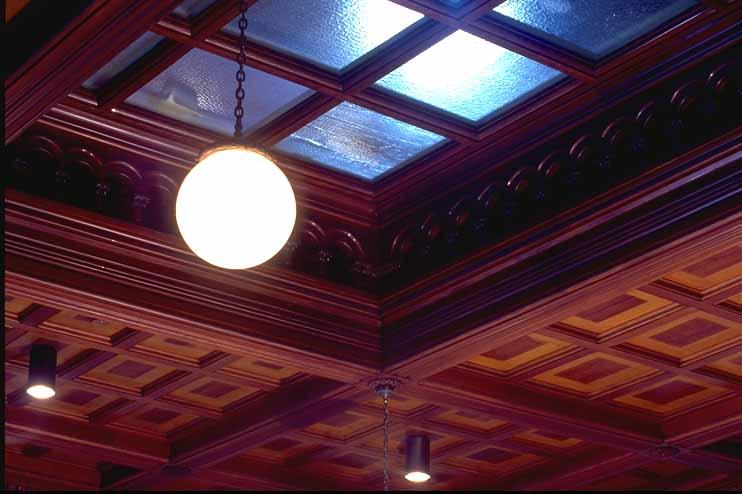
|
| Note at the back of the Chambers the marble electric clock brought from old City Hall to this new location along with the desks. | Image
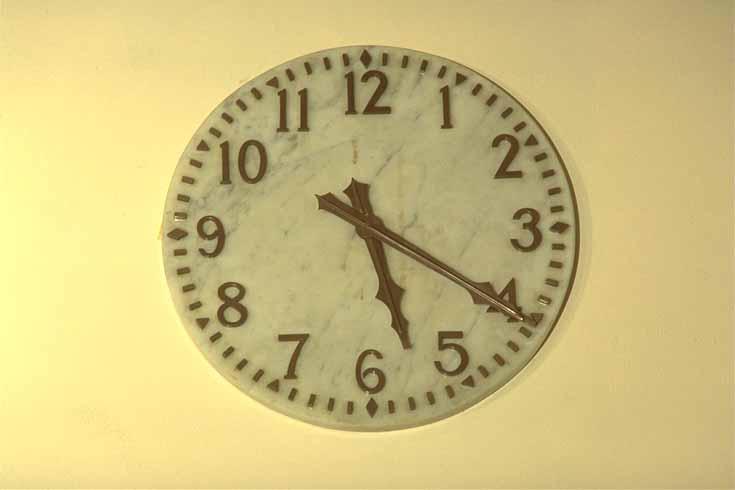
|
Thank you for visiting City Hall! If you would like to order prints of these, or many other beautiful photographs, contact the City's Photo Lab at 585-428-6538.



